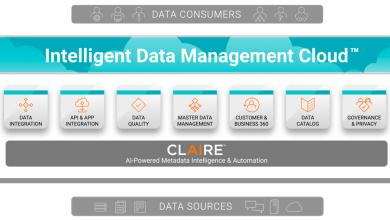
CentOS has been offering a free, binary-compatible version of RedHat Enterprise Linux (RHEL) for quite some time now. In contrast to RHEL, which will continue to receive updates and security patches for a while yet, CentOS 8 reached its end-of-life as of January 2022.
Now What?
Even though it has been declared that CentOS is no longer supported, it is still very much alive and well. In terms of Linux server OS, Ubuntu is the most widely used, with a 48% market share, according to data compiled by W3Techs. With an 18.8% market share, CentOS is in second place. It’s safe to say it’s still going strong. It has a solid reputation in the field of IT and is thus widely used. It’s hardly unexpected that the decision to discontinue CentOS development has made administrators and heads of IT anxious about the future of the technology they’ve been using.
A Better Alternative
Red Hat Enterprise Linux is a fully supported production-grade Operating System (OS) available through a subscription and in the cloud. Its source packages are the foundation on which CentOS was built and it’s the best long-term migration option for production use.

Red Hat has rolled out numerous new programmes that enable low-cost or no-cost access to RHEL, making it simpler for your organisation to move from CentOS to an OS that is more secure, maintained, and has a more predictable life cycle. Customers of Red Hat who have purchased subscriptions to qualified products and would like to utilise them on Red Hat-certified public clouds can do so through the Red Hat Cloud Access programme.
Is it worth it to switch to RHEL? Among the many benefits that RHEL may provide, we have emphasised the following:
1.Familiar Package
Red Hat releases the source code, including their own modifications, to the CentOS Git servers in order to be in compliance with the open-source licence. In other words, it’s not only that the package versions are the same when we claim it’s the same source code. The code bases for CentOS and RHEL are literally identical. Expect similar features such as:
- Upstream packages.
- Libraries.
- Kernels.
- Binary compatibility.
2.Overall Better Support
RHEL includes a massive software library and free, top-notch support staff. Technical support for RHEL is provided by experienced open-source developers and is compatible with both the Application Binary Interface (ABI) and the Application Programming Interface (API). Additionally, 10 years of support is provided for older Red Hat Enterprise Linux versions such as RHEL 5, 6, and 7. Even after the 10-year milestone, extended subscriptions and support for versions 5, 6, and 7 are available.
3.The Newer, The Better
While CentOS 7 is still supported up until 2024, you will not get the fresh latest features for the Linux-based OS. Both big and minor updates to Red Hat can include new features, such as a redesigned web portal, updated application streams, enhanced security settings, and new configuration options.
Get started with Red Hat’s migration tools now to plan your upgrade to Red Hat Enterprise Linux. Minimise complexity and safeguard your infrastructure whether you work alone or alongside Red Hat. Click on the link below to find out more.




